Health Canada has updated its assessment requirements for Nitrosamines in pharmaceutical products. Nitrosamines are, defined by the World Health Organization, as “any molecule containing the nitroso functional group. These molecules are of concern because nitrosamine impurities are probable human carcinogens.” In a letter sent to their Market Authorization Holders (MAHs) on October 2, Health Canada outlined the need to evaluate the risk of the presence of N-Nitrosamine impurities in human pharmaceutical products. Health Canada stated that the letter, and follow up question and answer document, represent their current stance and recommendations on the issue, but are subject to change as more information becomes available in the future.
As outlined on their website here, Health Canada is asking the following from Market Authorization Holders:
· To review their products and manufacturing processes for the possible presence of nitrosamines
· To take any necessary measures to ensure that their products do not contain nitrosamines at levels exceeding the accepted limit
· To test products if a risk of nitrosamines is identified
· To immediately report to Health Canada if nitrosamines are detected
More specifically, it is now recommended that all Market Authorization Holders “work with API and drug manufacturers to review their API and drug product manufacturing processes [and] conduct risk assessments, taking into account their knowledge of the manufacturing processes, potential sources of contamination and any other root causes of formation and presence of nitrosamine impurities”. As outlined in their question and answer document, Health Canada has stated that when a nitrosamine impurity is detected at any level during a risk assessment, you are to inform them immediately, as well as submit any available details of the risk assessment to them. In all other circumstances, risk assessment documentation should be retained by the Market Authorization Holder. However, it should be noted that Health Canada can request to review the MAH’s risk assessment report for any product and will request this information directly from the MAH, as necessary.
At the time, this information pertains only to “human pharmaceutical products containing chemically synthesized active pharmaceutical ingredients (APIs), including prescription and non-prescription (over the counter) drug products” as well as “chemically synthesized excipients and raw materials used in the manufacturing of drug products, and drug products that have been approved but are not yet marketed”. Therefore, products that fall under the classification of cosmetics or natural health products are not affected by these changes at this time.
Health Canada has stated that “Nitrosamines are not expected to cause harm when ingested at low levels. For example, a person taking a drug that contains NDMA at or below the acceptable level every day for 70 years is not expected to have an increased risk of cancer. As the health risk is associated with long-term use of a contaminated drug, Health Canada continues to underscore that people who take prescription sartan, ranitidine and nizatidine drugs affected by this issue, including recalled ranitidine and sartan drugs, should continue taking their medication until they have obtained an alternative treatment from their health care provider. Not treating a condition may pose a greater health risk than
potential nitrosamine exposure.” If you are a patient concerned about these new changes or that your medication may be affected by these updates, Health Canada advises you to contact your health care provider for more information.
For more information, please contact Focal Point Research Inc. We are leading North American Regulatory and New Product Consultants for Medical Devices, Natural Health Products, OTC Drugs, Cosmetics, and other consumer products regulated by Health Canada and the U.S. FDA


Recent Comments